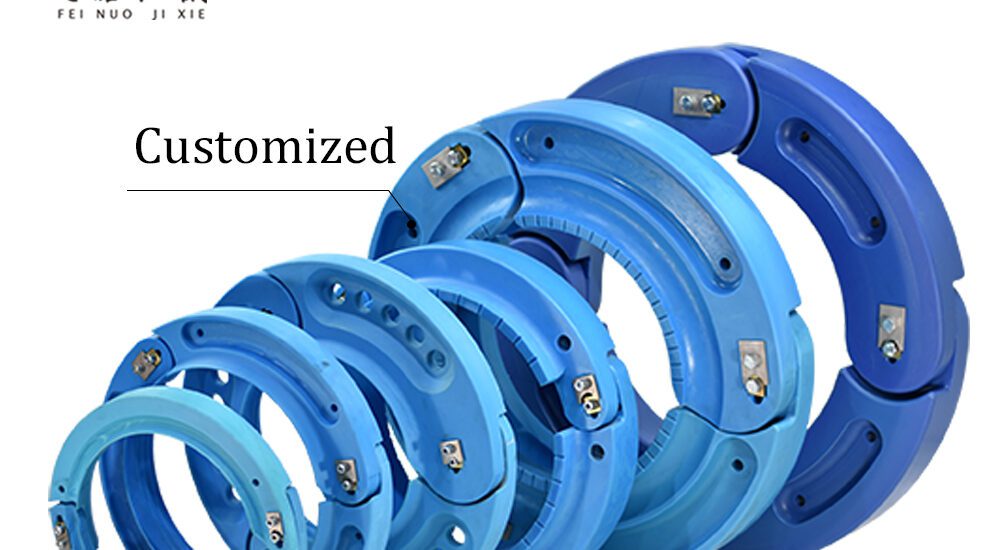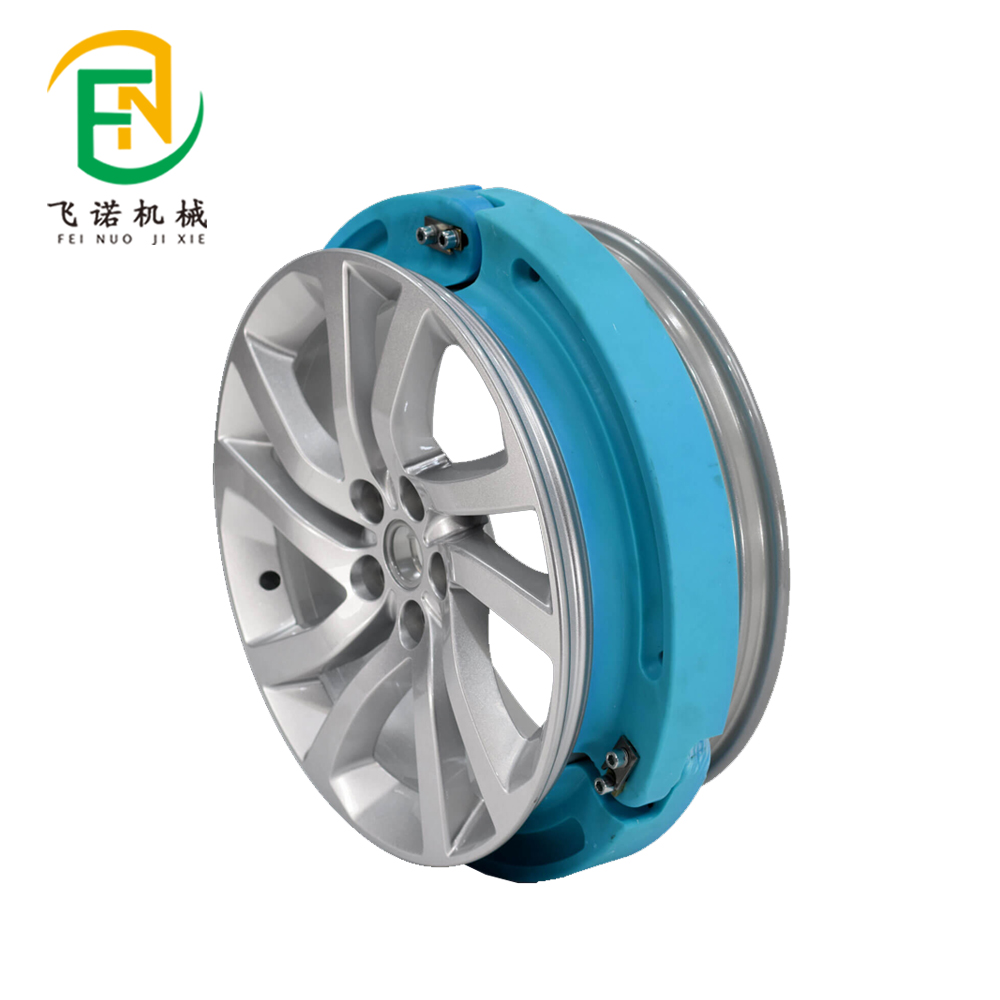- May 21, 2025
- Posted by: feinuojixie
- Category: Run Flat Guide


The world of transportation is undergoing a dramatic transformation. From the rise of electric vehicles to the promise of fully autonomous driving, every element of the automotive experience is evolving — and safety is at the heart of this change. Amidst these innovations, one component often overlooked is making a quiet revolution: the run flat rim.
Unlike traditional rims, the run flat rim offers more than just structural support for your tires. It brings peace of mind, added control, and enhanced security to drivers and passengers alike. With the growing emphasis on smart safety systems and proactive risk reduction, integrating run flat rim technology into vehicles is quickly becoming a priority for manufacturers and safety-conscious consumers.
This article explores the power and promise of run flat rim, why it matters in the future of driving safety, and how it’s poised to redefine the standards of modern mobility. Whether you’re a car enthusiast, a fleet operator, or simply someone who values road safety, understanding this innovation can change the way you drive — and the way you think about vehicle protection.


What Is a Run Flat Rim and Why It Matters
A run flat rim is designed to support a tire even after a complete loss of air pressure. This unique feature allows a vehicle to continue driving safely for a limited distance — often up to 50 miles at reduced speeds — without compromising control or stability.
The primary function of a run flat rim is to prevent total tire collapse in the event of a puncture or blowout. Whether caused by road debris, a sharp curb, or internal failure, tire deflation can be sudden and dangerous. With a run flat rim, the vehicle stays level and manageable, giving drivers time to find a safe location or reach a service station.
This technology represents a major leap forward in preventative safety. It reduces the need for immediate roadside assistance, eliminates the risks of changing a tire in dangerous environments, and ensures that mobility is maintained during critical moments.
How Run Flat Rim Enhances Driver and Passenger Safety
The safety benefits of a run flat rim are substantial and far-reaching. In the event of a tire failure, drivers can maintain steering control, which greatly reduces the chances of accidents caused by sudden swerving or loss of traction. This is especially crucial on highways or in bad weather, where control is paramount.
Moreover, run flat rim technology reduces driver panic and distraction. There’s no immediate need to pull over, no frantic search for a spare, and no exposure to high-speed traffic during a tire change. In essence, it transforms a high-stress, high-risk situation into a manageable inconvenience.
Passengers also benefit from the added stability and continuity. Families, elderly individuals, and vulnerable road users can continue traveling without fear, knowing that a flat tire won’t leave them stranded or exposed.
A Cost-Saving Investment: Beyond Safety
While the primary appeal of a run flat rim is safety, its long-term financial benefits shouldn’t be overlooked. By maintaining driveability after a puncture, the likelihood of rim and tire damage is significantly reduced. This means fewer emergency repair costs and less frequent tire replacements.
In addition, vehicles equipped with run flat rim technology may qualify for lower insurance premiums due to reduced accident risks. Fleet operators in particular stand to gain from lower downtime and improved operational efficiency.
And while the upfront investment may be slightly higher than traditional rims, the overall savings in maintenance, service calls, and accident prevention often outweigh the initial cost.
Run Flat Rim vs Traditional Rim: A Comparative Analysis
When comparing a run flat rim to a traditional rim, several critical differences emerge. Durability, for instance, is a standout feature. Run flat rim is engineered to handle greater stress loads and maintain structural integrity under duress.
In terms of performance, a run flat rim offers superior handling during emergencies, while traditional rims rely entirely on tire inflation to provide stability. Once deflated, a standard rim leaves the vehicle undriveable and difficult to control.
Maintenance is another factor. While run flat rim may require specialized tire types and monitoring systems, the need for roadside repairs is drastically reduced. The trade-off is a more resilient and safety-oriented driving experience that many drivers find well worth the adjustment.
Driving Confidence in Harsh Conditions
Run flat rim is especially valuable in extreme or unpredictable driving environments. In cold winters, wet roads, or remote highways, tire failure can be more than an inconvenience — it can be life-threatening.
By equipping vehicles with run flat rim, drivers are better prepared for these conditions. Whether navigating snow-covered roads, heavy rain, or rocky terrain, the assurance of continued mobility gives peace of mind. There’s no need to wait for rescue or walk miles to the nearest service station.
This makes the run flat rim an ideal solution not only for everyday drivers but also for emergency responders, delivery fleets, and rural travelers who can’t afford unexpected downtime.
The Role of Run Flat Rim in Autonomous and Electric Vehicles
As automotive technology advances, so does the demand for components that support autonomy and electrification. Run flat rim fits perfectly into the design philosophy of modern electric and self-driving vehicles.
With fewer moving parts and no combustion engine, electric vehicles require highly reliable safety systems. A run flat rim complements this by reducing the likelihood of roadside failures and ensuring consistent performance. For autonomous vehicles, which may not carry a human driver to respond to emergencies, the ability to continue driving after a tire puncture is crucial.
Fleet-based services such as robotaxis and electric delivery vans also benefit. Time-sensitive operations depend on uninterrupted mobility — and run flat rim delivers that reliability.


What to Look for When Choosing a Run Flat Rim
Not all run flat rim products are created equal. When selecting one for your vehicle, prioritize quality and compatibility. Look for rims that are certified by industry safety standards and tested under real-world conditions.
Material strength, weight, and integration with tire pressure monitoring systems are also key considerations. A reliable run flat rim should maintain performance without compromising fuel efficiency or ride comfort.
Additionally, make sure the run flat rim fits your specific vehicle model. Professional installation and regular inspection will further ensure long-term safety and durability.
Embrace the Future with Run Flat Rim
As the automotive world moves toward smarter, safer, and more autonomous systems, the run flat rim stands out as a practical innovation with powerful benefits. From enhanced safety and reduced risk to financial savings and peace of mind, this technology addresses many of the challenges faced by today’s drivers.
Choosing to invest in a run flat rim is more than just an upgrade — it’s a step toward a more resilient, future-ready driving experience. Whether you’re behind the wheel of a daily commuter or a next-generation electric vehicle, the run flat rim ensures that safety never takes a back seat.
